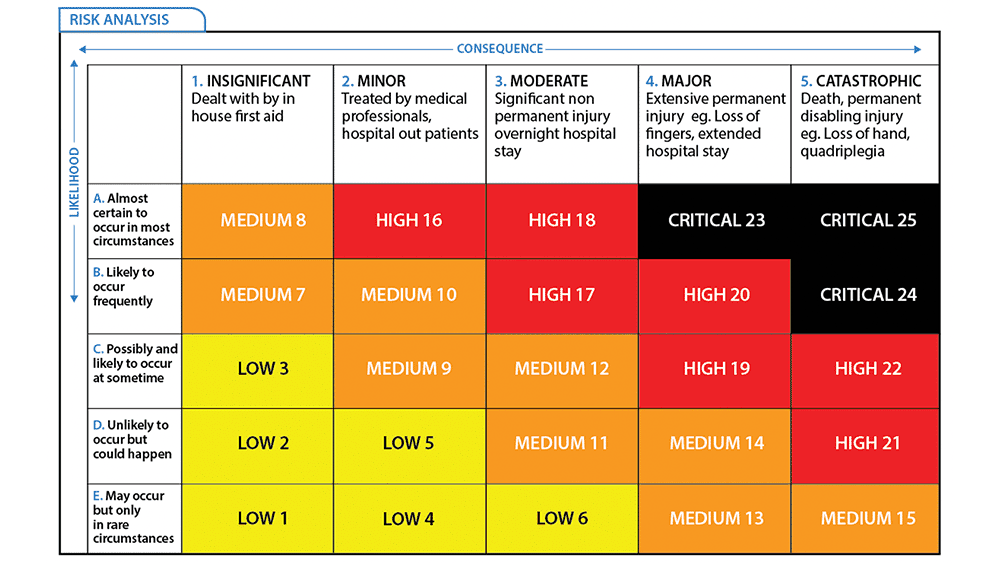Insurance and Risk Management in Secure Logistics
When transporting and storing high-value assets like precious metals and bullion, effective risk management isn't just a best practice—it's essential. A comprehensive approach to security and insurance creates multiple layers of protection that work together to safeguard assets throughout their journey.

The Evolving Risk Landscape
The threats facing valuable cargo are increasingly sophisticated and diverse:
Physical Risks
- Theft and robbery during transport
- Facility breaches at storage locations
- Environmental damage from natural disasters
- Accidents during handling and transportation
Digital Risks
- Cyber attacks on tracking systems
- Data breaches exposing shipping details
- Spoofing of location data
- Social engineering targeting security personnel
This evolving threat landscape requires an equally sophisticated defense strategy.
Comprehensive Insurance Coverage
At Vault Secure Logistics, we implement a multi-layered insurance approach:

1. All-Risk Transit Insurance
Our transit insurance provides comprehensive coverage against virtually all risks during transportation:
| Coverage Type | Protection Level | Exclusions |
|---|---|---|
| Physical Loss | 100% of declared value | Fraudulent documentation |
| Damage | 100% of declared value | Inherent vice |
| Delay Loss | Market value differential | Delays under 72 hours |
2. Storage and Vault Coverage
For assets in storage, our specialized vault insurance provides:
- Full-value coverage with no deductible
- Environmental controls monitoring
- 24/7 armed security with response guarantees
- Cyber-security protection for digital systems
"The true value of comprehensive insurance isn't just financial compensation after a loss—it's the peace of mind knowing you're protected by multiple layers of security and coverage."
— Emma Wilson, Risk Management Director
Risk Assessment Methodologies
Modern risk management goes beyond intuition to employ sophisticated analytical approaches:
Risk Priority Number (RPN) = Severity × Occurrence × Detection
Where:
- Severity: Impact of the risk (1-10)
- Occurrence: Likelihood of occurrence (1-10)
- Detection: Likelihood of detecting the risk (1-10, where 10 is least likely)
This quantitative approach allows us to:
- Prioritize risks objectively
- Allocate resources efficiently
- Track risk reduction over time
- Justify security investments

Proactive Risk Mitigation Strategies
Route Diversification
One of the most effective strategies for reducing transit risk is route diversification:
- Varied departure times to eliminate predictable patterns
- Multiple transportation methods to reduce exposure to any single risk
- Decoy shipments for extremely high-value cargo
- Last-minute routing decisions to prevent advance planning by bad actors
Personnel Security
Human factors remain both the greatest strength and potential vulnerability in security systems:
- Rigorous background checks and continuous monitoring
- Regular counter-intelligence training
- Strict need-to-know protocols for shipment details
- Behavioral analytics to detect unusual patterns
Technology-Driven Monitoring
Advanced monitoring creates an additional security layer:
- Real-time GPS tracking with tamper-evident features
- Environmental sensors to detect unauthorized access attempts
- Biometric access controls at all transfer points
- AI-powered surveillance with anomaly detection
Case Study: Gold Transport Risk Management
A recent international gold shipment demonstrates our comprehensive approach:
- Pre-transport assessment identified three high-risk transfer points
- Custom security protocols implemented at each vulnerability
- Insurance coverage structured to address specific regional risks
- Multi-modal transport strategy employed to reduce predictability
- Real-time monitoring center established with 24/7 oversight
The result: successful delivery with zero security incidents despite operating in high-risk regions.
The Economics of Risk Management
Effective risk management isn't just about security—it's also economically advantageous:

Our clients typically see:
- 15-30% reduction in insurance premiums through demonstrable risk reduction
- Virtual elimination of cargo losses
- Improved capital efficiency through reduced risk-related contingency funds
- Enhanced brand value through perfect security records
Building Your Risk Management Strategy
Creating an effective risk management approach for valuable assets requires:
- Comprehensive risk assessment identifying all potential threats
- Layered security measures addressing each vulnerability
- Appropriate insurance coverage structured to your specific needs
- Regular testing and refinement of all security protocols
- Staff training to ensure human elements support technical measures
Conclusion
In the high-stakes world of secure logistics, risk management and insurance cannot be afterthoughts. They must be integrated into every aspect of the operation, from planning to execution to assessment.
At Vault Secure Logistics, our risk management approach combines decades of security expertise with cutting-edge technology and comprehensive insurance coverage to provide unmatched protection for your valuable assets.
Looking to enhance your risk management strategy? Contact our risk assessment team for a comprehensive evaluation of your current protocols.
